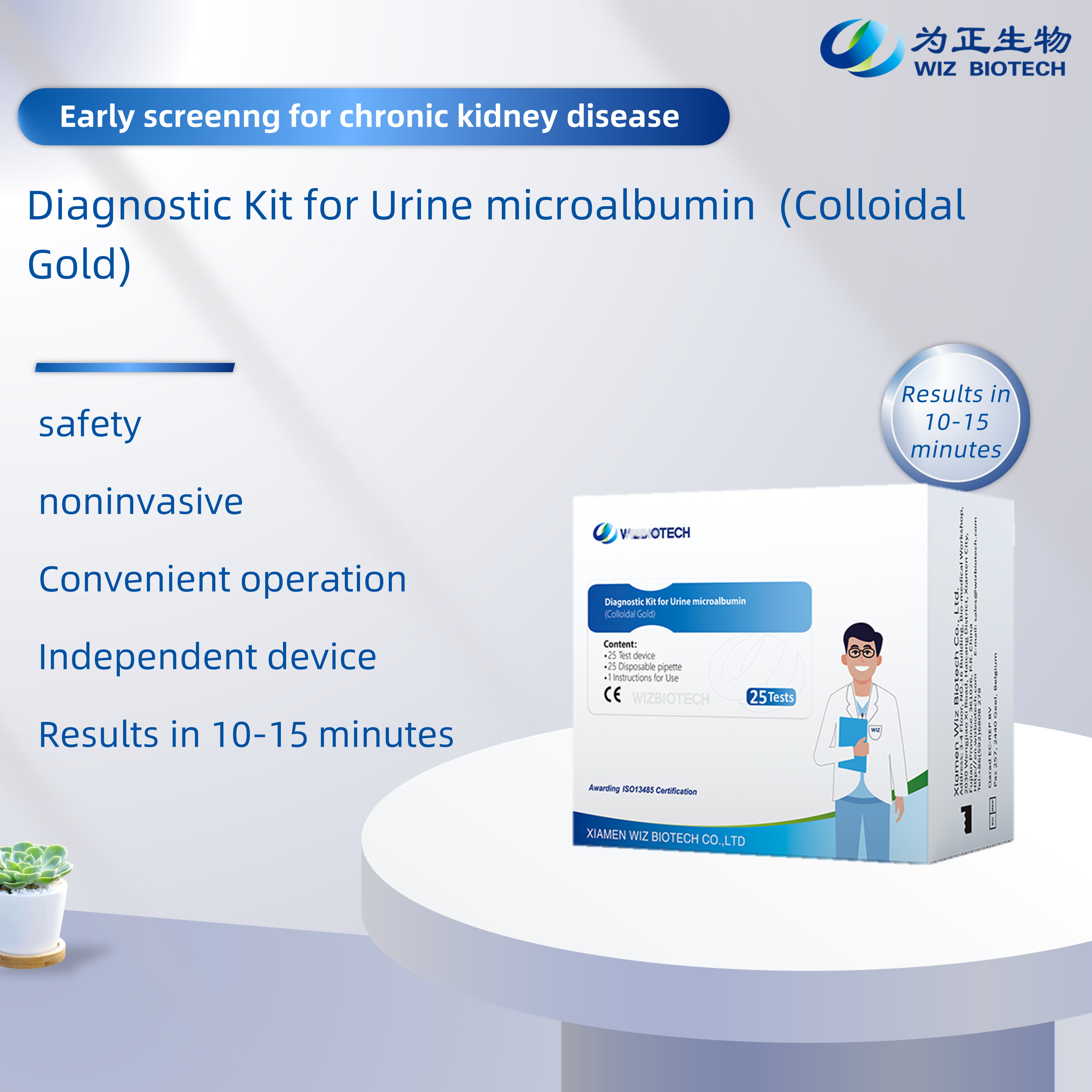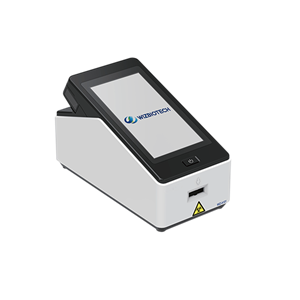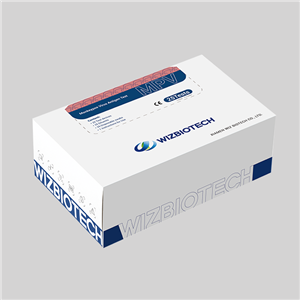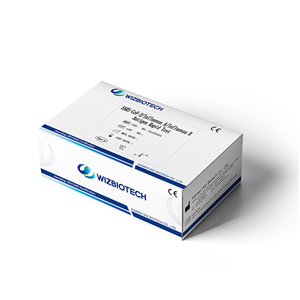World Kidney Day
Kidney Health for All !-- Responding to sudden risks and caring for vulnerable groups.
March 9th, 2023 marks the 18th World Kidney Day. In order to raise awareness of kidney disease, today Xiao Zheng here would like to talk about chronic kidney disease.
How much do you know about the CKD?
The Chronic Kidney Disease (CKD) affects one out of every 10 people in the world and it had been forecast to become the fifth leading cause of death by 2040.
Chronic kidney disease (CKD) is characterized by a high prevalence and low awareness rate, poor prognosis and high medical costs. Besides cardiovascular and cerebrovascular diseases, diabetes and malignant tumors, it is another disease that seriously endangers human’s health. Due to the insidious onset of chronic kidney disease, patients are at significantly higher risk of complications when the disease progresses to G3 stage.
Risk Stratification of Chronic Kidney Disease (CKD). | |||
CKD staging | Albuminuria fraction (uACR) | ||
A1(<30mg/g,Normal or mildly increase)
| A2(30~300mg/g,Moderate increase) | A3(>300mg/g,Significant increase) | |
G1(eGFR≥90) | Low-risk | Intermediate-risk | High-risk |
G2(eGFR60~89) | Low-risk | Intermediate-risk | High-risk |
G3a(eGFR45~59) | Intermediate-risk | High-risk | Extremely high-risk |
G3b(eGFR30~44) | High-risk | Extremely high-risk | Extremely high-risk |
G4(eGFR15~29) | Extremely high-risk | Extremely high-risk | Extremely high-risk |
G5(eGFR<15) | Extremely high-risk | Extremely high-risk | Extremely high-risk |
Remarks:eGFR:estimation of Gomerular Filtration Rate, unit at ml*min-1*(1.73m2)-1 | |||
If CKD can be detected and treated earlier, the disease can be well controlled or even reversed, so screening for CKD is of great significance.
How to Screen CKD?
The general population at high risk for CKD should test uACR and serum creatinine at least once a year. High risk population including family history of kidney disease, diabetes, hypertension, cardiovascular disease, hyperuricemia, older age (> 65 years), obesity, diseases that may be secondary to CKD (such as systemic lupus erythematosus, hepatitis B), long-term drugs taking that may cause kidney damage, and history of acute kidney injury.
UACR (mg/ g) = urinary microalbumin (mg/L)/urinary creatinine (g/L).
Classification of Albuminuria in Chronic Kidney Disease | ||||||
Classification of albuminuria | UAER (mg/24h) | UACR (mg/g) | UPER (mg/24h) | UP (mg/g) | Strip test method | Statement |
A1 | <30 | <30 | <150 | <150 | “-” | Normal or mildly elevated |
A2 | 30~300 | 30~300 | 150~500 | 150~500 | “+” | Moderately elevated |
A3 | >300 | >300 | >500 | >500 | “+” or above | Markedly elevated |
Remarks: Indicators of albuminuria:-UAER: Urinary Albumin Excretion Rate; UACR: Urine Albumin Creatinine Ratio; Indicators of proteinuria:-UPER: Urine Protein Excretion Rate; UPCR: Urine Protein-to-Creatinine Ratio; Strip test method: Method for testing the urine protein. | ||||||
WIZBIOTECH Solutions for CKD
Inspired by the mission of "focusing on diagnostic technology and improving the quality of life", WIZ Biotech Co., Ltd. has been engaged in the in vitro diagnosis industry and launched solutions for chronic kidney disease, gastrointestinal function, female pregnancy, novel coronavirus and other diseases.
In the early screening of chronic kidney disease, WIZBIOTECH's Diagnostic Kit for Urine microalbumin (Colloidal Gold) which is safe, non-invasive, and convenient for application as it does not need an equipment. You can get the results within 10-15 minutes. It helps to diagnose kidney failure caused by diabetes, hypertension, cardiovascular diseases, etc., and monitoring the efficacy of kidney disease.




